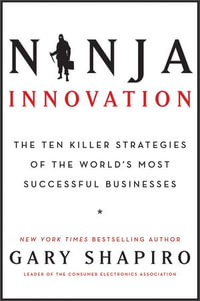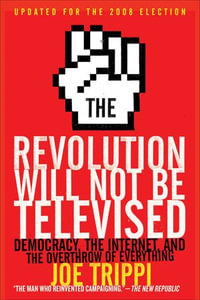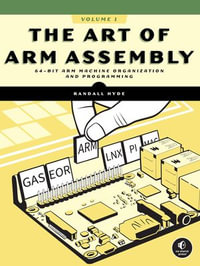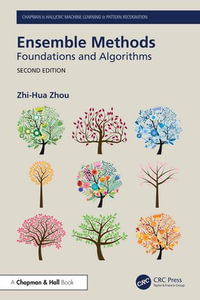
eTEXT
Multiresonator-Based Chipless RFID
Barcode of the Future
By: Stevan Preradovic, Nemai Chandra Karmakar
eText | 7 January 2012
At a Glance
eText
$179.00
or
Instant online reading in your Booktopia eTextbook Library *
Read online on
Desktop
Tablet
Mobile
Not downloadable to your eReader or an app
Why choose an eTextbook?
Instant Access *
Purchase and read your book immediately
Read Aloud
Listen and follow along as Bookshelf reads to you
Study Tools
Built-in study tools like highlights and more
* eTextbooks are not downloadable to your eReader or an app and can be accessed via web browsers only. You must be connected to the internet and have no technical issues with your device or browser that could prevent the eTextbook from operating.
ISBN: 9781461420958
ISBN-10: 1461420954
Published: 7th January 2012
Format: PDF
Language: English
Publisher: Springer Nature
You Can Find This eBook In
This product is categorised by
- Non-FictionEngineering & TechnologyElectronics & Communications EngineeringCommunications Engineering & Telecommunications
- Non-FictionEngineering & TechnologyTechnology in GeneralEngineering in General
- Non-FictionEngineering & TechnologyElectronics & Communications EngineeringElectronics Engineering
- Non-FictionMathematicsApplied Mathematics
- Non-FictionEngineering & TechnologyOther Technologies & Applied SciencesApplied OpticsImaging Systems & Technology
- Non-FictionComputing & I.T.Computer ScienceImage Processing
- Non-FictionComputing & I.T.Computer ScienceDigital Signal Processing (DSP)
- Non-FictionComputing & I.T.Computer ScienceMathematical Theory of Computation























